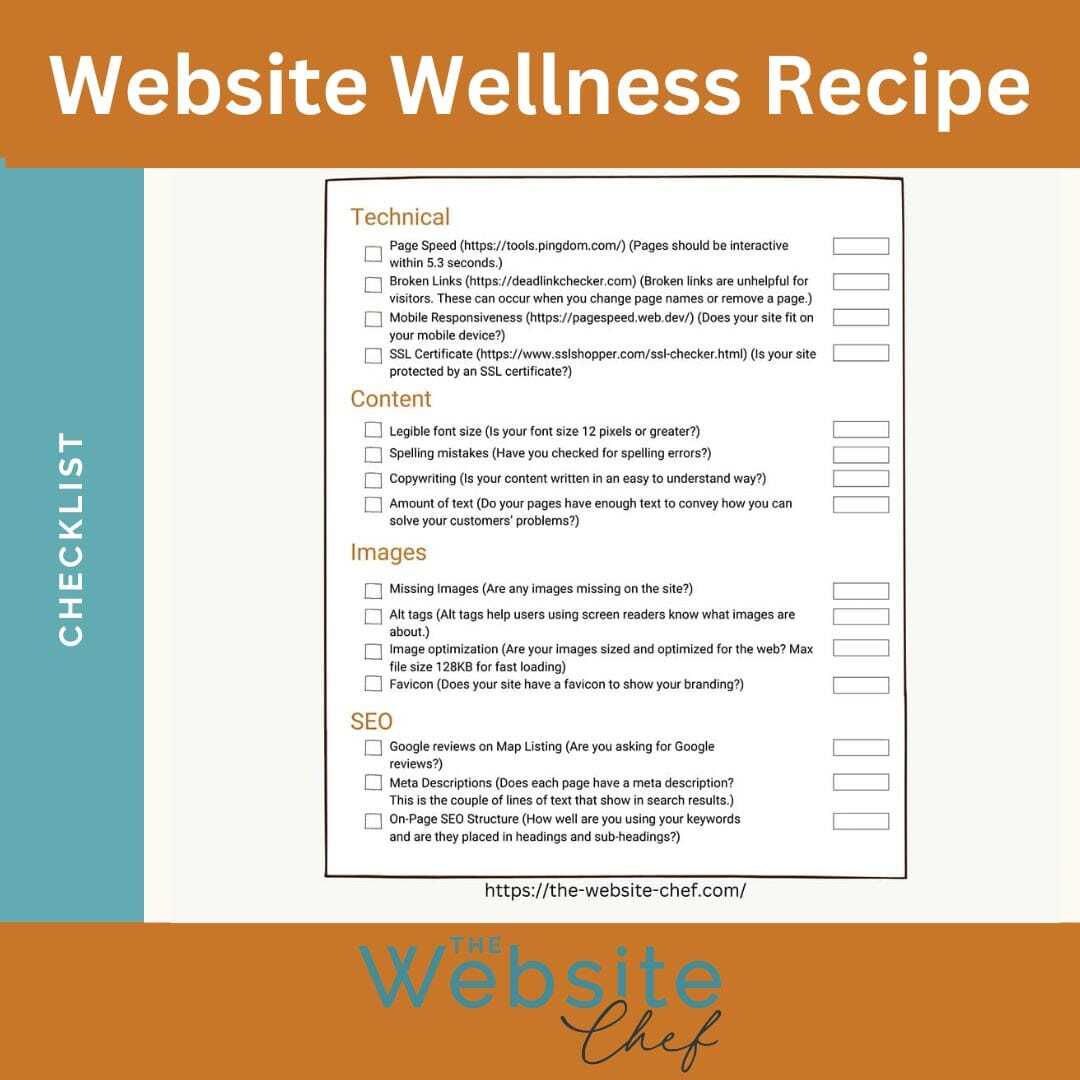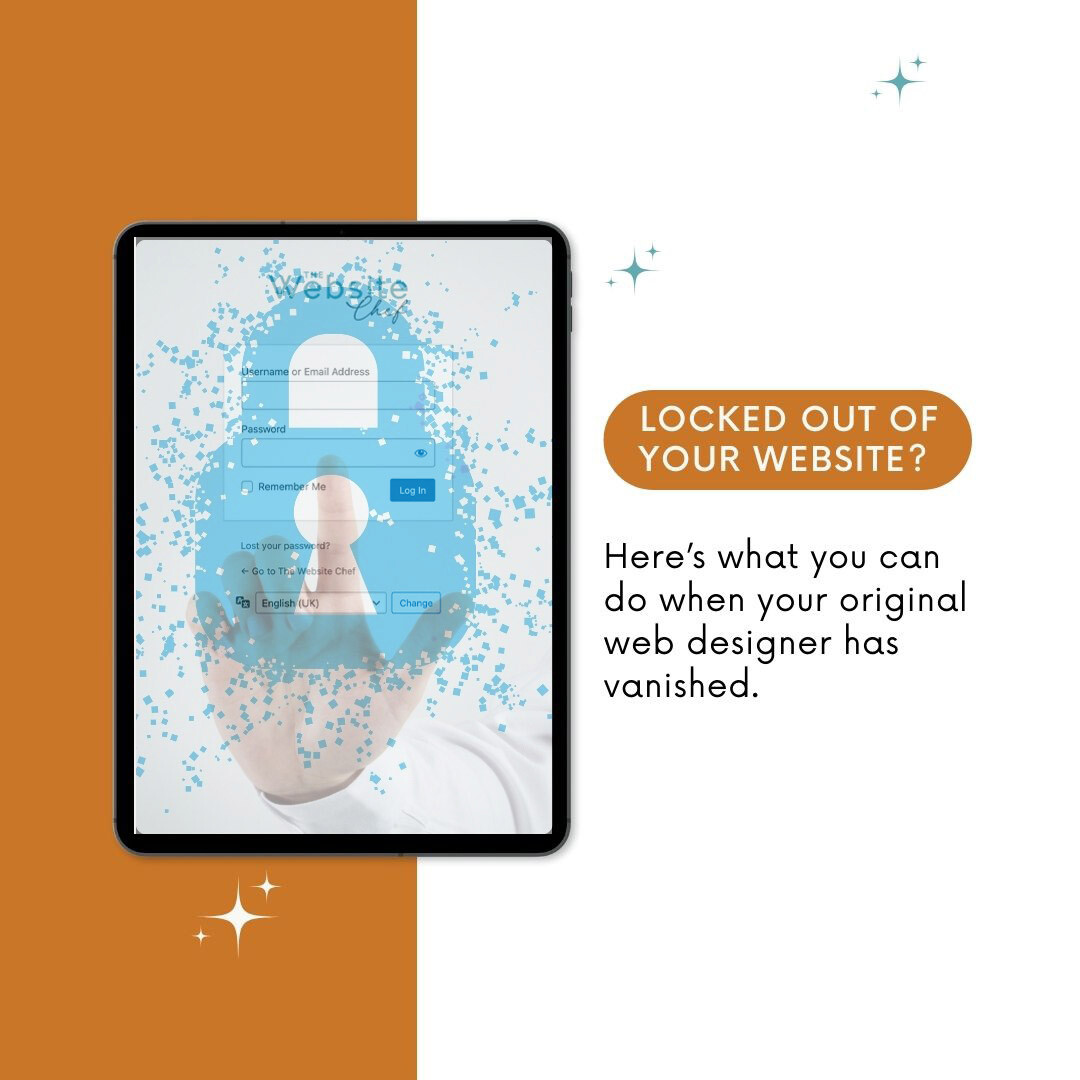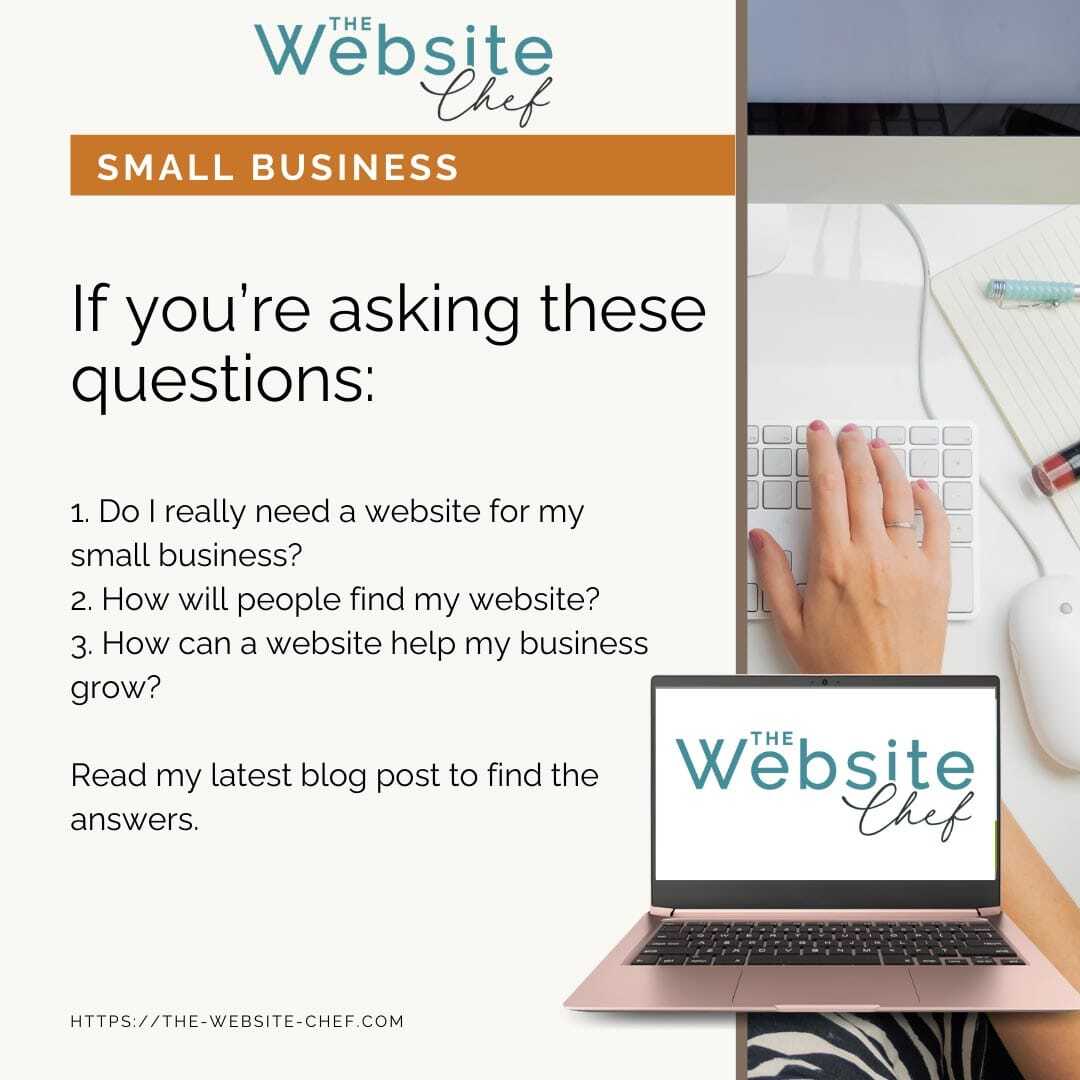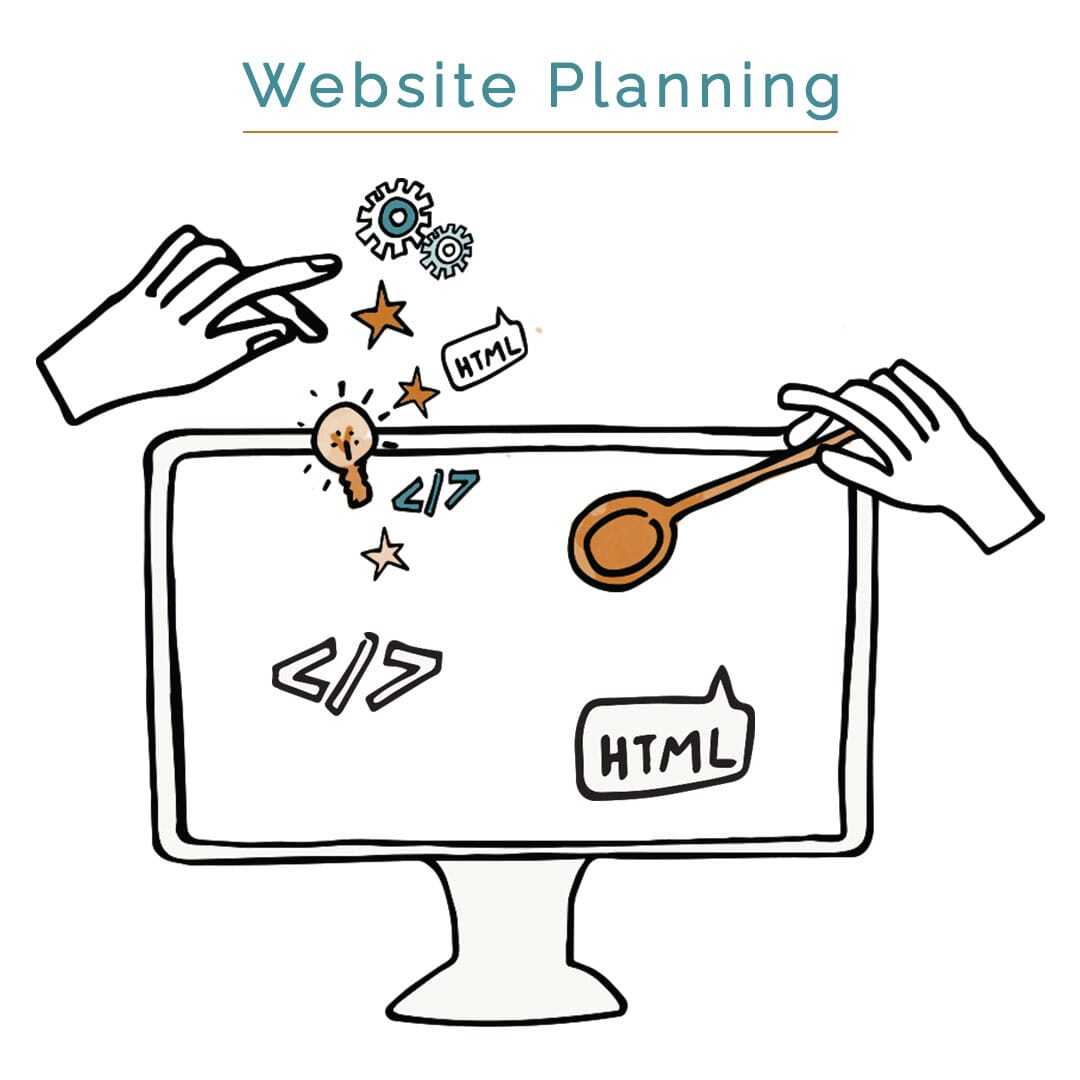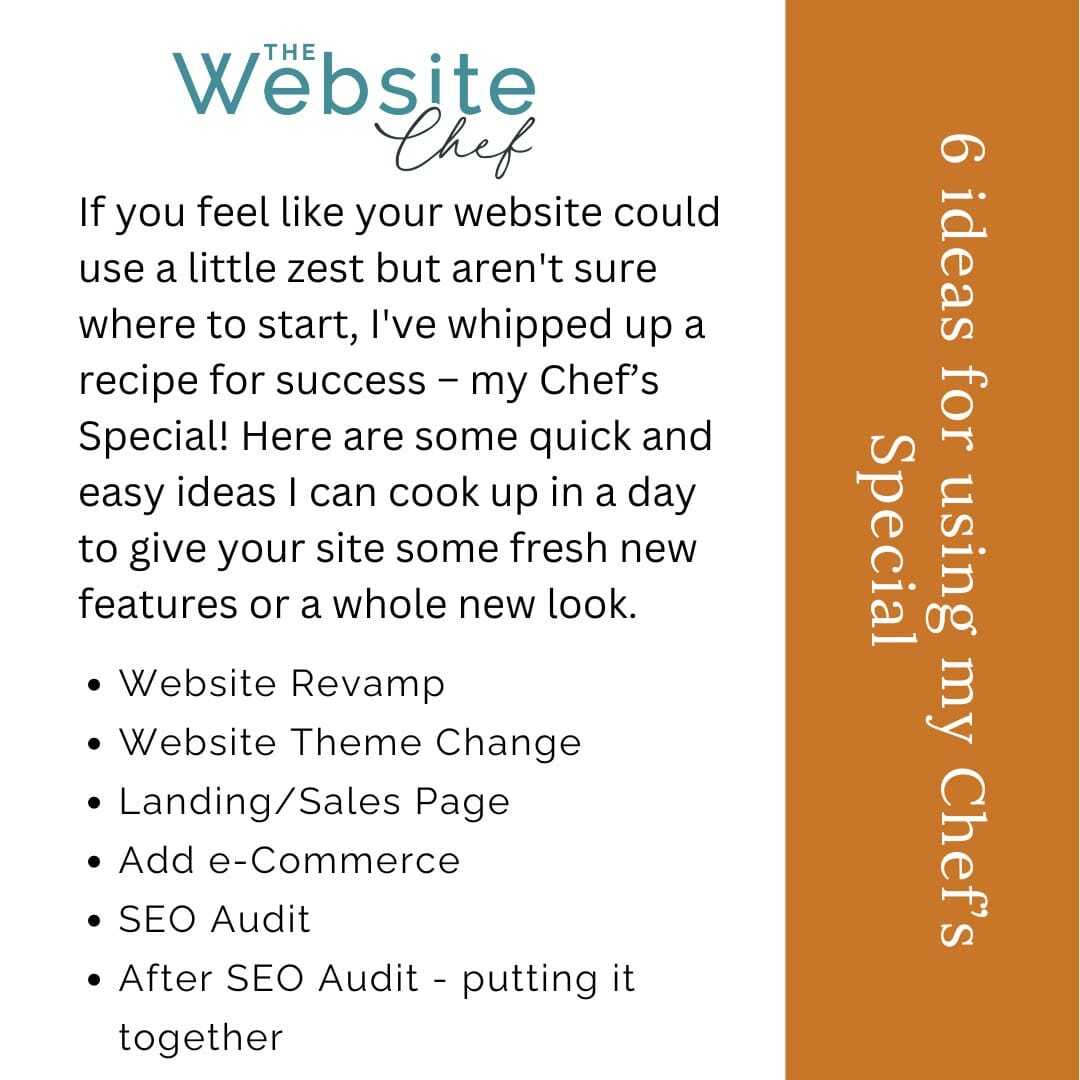Revamping Your Website: How to Prepare for a Successful Redesign
The fourth quarter is the perfect time to reflect on your business progress and set your goals for the upcoming year. With 2025 around the corner, now is an excellent opportunity to assess your website and decide if it’s due for a refresh. If your site is more than six years old, it’s probably showing its age with outdated design elements, tired functionality, and content that no longer aligns with your business. But don’t worry—revamping your website can be an exciting process that brings new energy to your brand!
As a web designer, I often hear clients ask, “Where do I start?” To help guide you through the preparation process, here’s a friendly roadmap to ensure your website redesign is smooth, efficient, and successful.
- Audit Your Current Website
Before diving into a redesign, take some time to evaluate your existing site. What’s working? What isn’t? Some key things to look at:- Design & Usability: Does the design still reflect your brand? Is the site easy to navigate?
- Performance: How fast does your site load? Are there any broken links or outdated plugins?
- Content: Is your content relevant? Are there sections that need updating or removing?
- SEO: Are you ranking well on search engines? If not, your SEO strategy might need a boost during the redesign.
This audit will give you a solid foundation for your redesign and help you communicate your needs to your web designer.
- Set Clear Goals for Your Redesign
Every website redesign should have clear objectives. What do you want to achieve with your new site? Some common goals include:- Modernizing the design: Making your site look fresh and appealing to today’s visitors.
- Improving user experience (UX): Ensuring that your site is easy to navigate on all devices.
- Boosting performance: Enhancing loading speeds and overall functionality.
- Updating content and messaging: Aligning your content with your current business goals and audience.
Having specific goals will help guide your web designer and keep the project focused.
- Understand Your Audience
Your website needs to serve your audience. If your target demographic has shifted in the past few years, your website should reflect those changes. Consider:- Who are your primary visitors?
- What are they looking for on your site?
- How can your website make it easier for them to find what they need?
By clearly understanding your audience, you can create a user-centric design that drives engagement and conversions.
- Gather Inspiration and Ideas
Explore websites that inspire you. Make a note of what you like in terms of layout, color schemes, typography, and features. Create a list of “must-haves” and “nice-to-haves” for your new site. Sharing these ideas with your designer can help align your vision with their expertise. - Consider Your Content Strategy
One of the most important aspects of a website is the content. During a redesign, you have the opportunity to update, reorganize, and optimize your content to better serve your audience and improve SEO. Consider the following:- Which pages are outdated?
- Do you need to add new content, such as blog posts, case studies, or product descriptions?
- How can you incorporate more multimedia elements (videos, images, infographics) to make your content more engaging?
A strong content strategy will enhance both the usability and searchability of your site.
- Ensure Branding Alignment
Has your business recently gone through a rebranding? Beyond the obvious changes like a new logo or color scheme, it’s essential to align your new branding with every aspect of your website. Consistency is key to building a strong brand identity. Here are some questions to ask yourself:- Does your website reflect your new brand message? If your company has shifted its mission or values, your website content should clearly communicate this to visitors.
- Is your brand voice consistent across all pages? From headlines to product descriptions, ensure that your tone and messaging reflect your new branding.
- Have you updated all design elements to match your new look? Check for consistency in your color palette, typography, and imagery across the entire site. Your new branding should be seamlessly integrated into every visual element.
Aligning your website with your new brand ensures that your online presence is cohesive and professional, giving visitors a clear understanding of who you are and what you stand for.
- Review and Update Your Services and Products
Your website is often the first place potential customers look when researching your business, so keeping your services and products up to date is critical. During your website revamp, take the time to review your offerings:- Are all your current services listed? Make sure that your services page accurately reflects what your business provides today. If you’ve introduced new services, highlight them! On the flip side, remove any services that are no longer offered to avoid confusion.
- Is your e-commerce store updated with the latest products? If you run an online store, ensure that your newest products are front and center. Regularly update product descriptions, images, and pricing. Outdated or missing information can frustrate customers and hurt your sales.
- Have you retired any products? If certain products are no longer available, remove them from your site. Avoid cluttering your store with out-of-stock or discontinued items, which can create a negative customer experience.
Regularly reviewing and updating your services and products not only keeps your website current but also shows that your business is active and growing. It’s a great way to keep your customers engaged and informed.
- Choose the Right Web Designer or Agency
Finding the right designer or agency is crucial to the success of your project. Look for someone who has experience in your industry, understands your vision, and communicates effectively. Check out their portfolio, read testimonials, and ask for references. A good web designer will listen to your needs and bring creative solutions to the table. - Prepare Your Budget and Timeline
A website redesign is an investment in your business, so it’s essential to budget accordingly. Consider all the elements involved, from design and development to content creation and ongoing maintenance. Additionally, set a realistic timeline for the project. While you may want to launch your new site as soon as possible, rushing the process can result in costly mistakes. Discuss your budget and timeline with your designer to ensure everyone is on the same page. - Stay Engaged Throughout the Process
Once your website redesign is underway, stay actively involved. Regular check-ins, feedback sessions, and open communication with your designer are key to ensuring the project stays on track and meets your expectations. Collaboration is the secret ingredient to a successful website redesign! - Plan for the Future
Your website is a living, breathing entity that needs ongoing attention. After your redesign is complete, don’t forget to plan for future updates and maintenance. Whether it’s keeping your content fresh, updating plugins, or monitoring performance, regular care will keep your site running smoothly and performing well.
Revamping your website can be a game-changer for your business. With careful planning, clear goals, and the right team, your new site can help you start the New Year with a fresh, modern presence that attracts and engages your audience.
Revamping your website also offers the perfect opportunity to ensure your branding and offerings are aligned with your business’s current direction. By taking the time to review and update your branding, services, and products, you’ll ensure that your website accurately reflects your business and continues to serve as a powerful tool for growth.
Need help getting started? Reach out to a web designer who can guide you through the process and create a website that truly represents your brand. I have a few slots available before the end of the year and would be happy to discuss your requirements. Whether you need a full redesign, content updates, or help aligning your site with your new brand, I’m here to assist.
Let’s work together to create a site that sets you up for success in the New Year!


